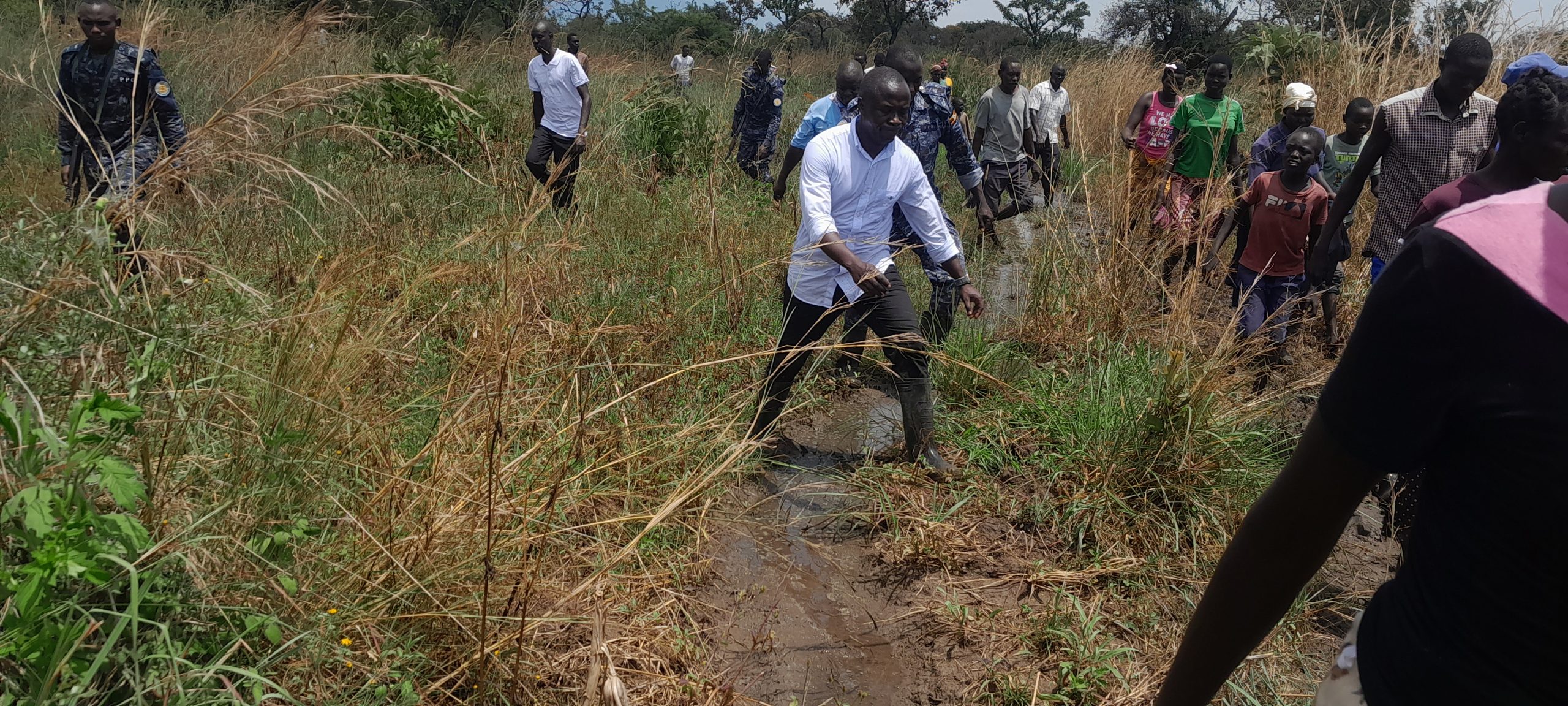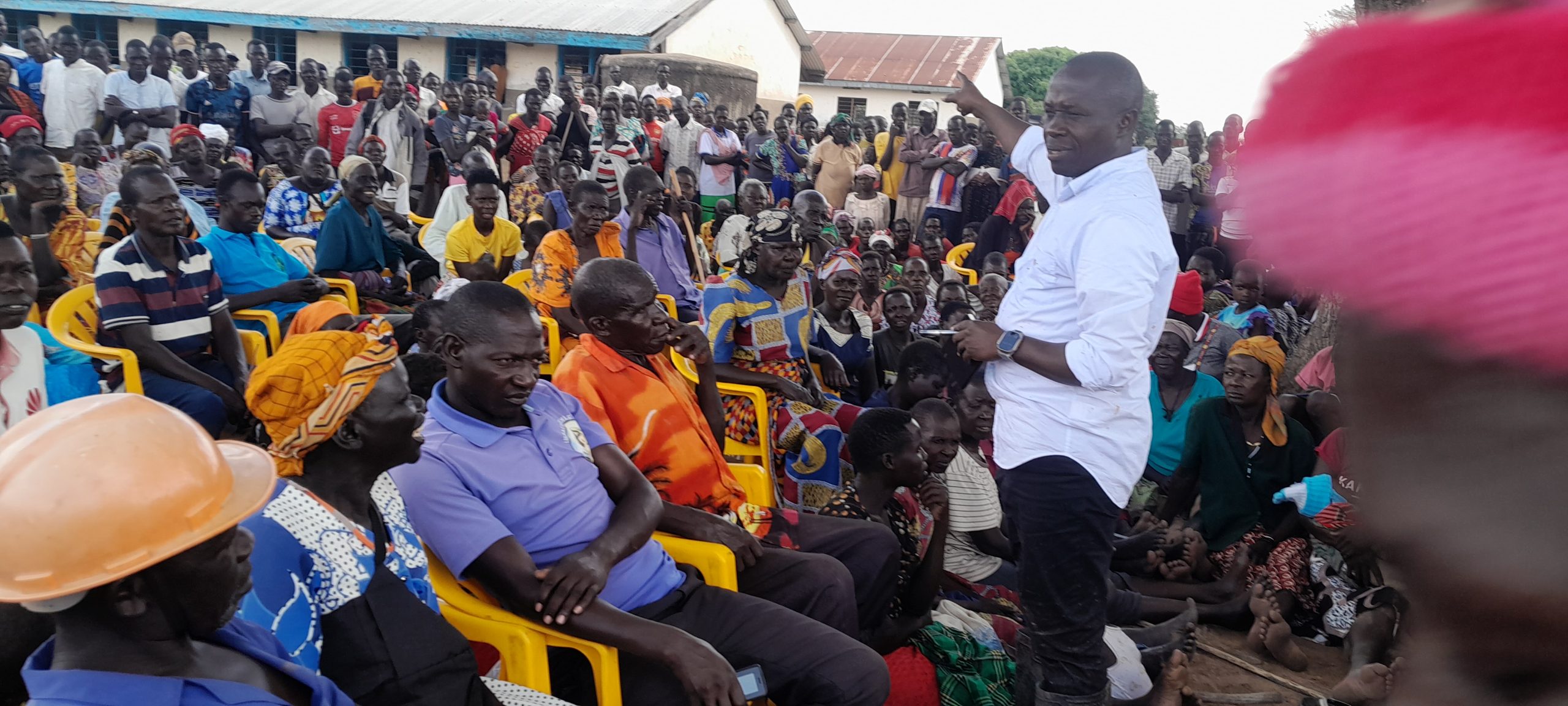Approximately 8,000 people in Ngariam County, Katakwi District, in the eastern part of the country are living in frantic conditions after flash floods destroyed their homes and crop gardens due to heavy rains that have lashed the area for the past three weeks.
The intense floods have caused waterlogging, making many villages inaccessible and forcing residents to seek refuge in churches, schools, and trading centers in Palam, Ngariam, and Okore sub-counties.
In Ngariam sub-county alone, 78 villages are affected, while 104 villages in Palam sub-county are reported to be waterlogged, leaving communities struggling to survive. Florence Kulume, the head teacher of Palam Primary School, and Martin Egwarat, the Palam LC3 chairperson, stated that the space in classrooms is too small, leading to shared use with the communities taking refuge.

Elizabeth Acom, the Sub-County Chief for Ngariam, noted that the floods have destroyed 12,950 gardens across 233 households. Acom added that Oedepus and Osep parishes in Ngariam are completely cut off.
Samuel Okello, Robert Eluny, and other residents of Palam, Okore, and Ngariam sub-counties expressed concern over the torrential rains in the area. “Eight boreholes have been damaged, making clean water even scarcer,” Acom said, calling for urgent assistance to address water and sanitation needs.
The Minister of State for Education and Sports, Hon. Peter Ogwang, revealed that 98% of the households in Palam, Ngariam, and Okore sub-counties are at risk of collapse.
urged the Prime Minister’s office to intervene, as the situation is dangerous, and requested immediate involvement from development partners to provide relief and restore critical infrastructure. “I am grateful for the government’s intervention by providing 3,000 tarpaulins to the affected families, but I am asking for a wider assortment of relief items to be provided to the communities,” Minister Ogwang noted.

Brief About Floods: Floods are the most frequent type of natural disaster and occur when an overflow of water submerges land that is usually dry. They are often caused by heavy rainfall, rapid snowmelt, or storm surges. Districts such as Kapelebyong, Kumi, and Tororo, among others in eastern Uganda, are also affected.
Types of Flood Impacts:
- Loss of human life
- Property and infrastructure damage
- Road closures, erosion, and landslide risks
- Crop destruction and livestock loss
According to a report from the World Health Organization, between 1998 and 2017, floods affected more than 2 billion people worldwide.
Those who live in floodplains, non-resistant buildings, or lack warning systems and awareness of flooding hazards are the most vulnerable. Between 80-90% of all documented disasters from natural hazards in the past 10 years have resulted from floods, droughts, tropical cyclones, heat waves, and severe storms.
Floods are also increasing in frequency and intensity, with the likelihood of extreme precipitation continuing to rise due to climate change.
Story documented by Benjamin Epeduno.




















